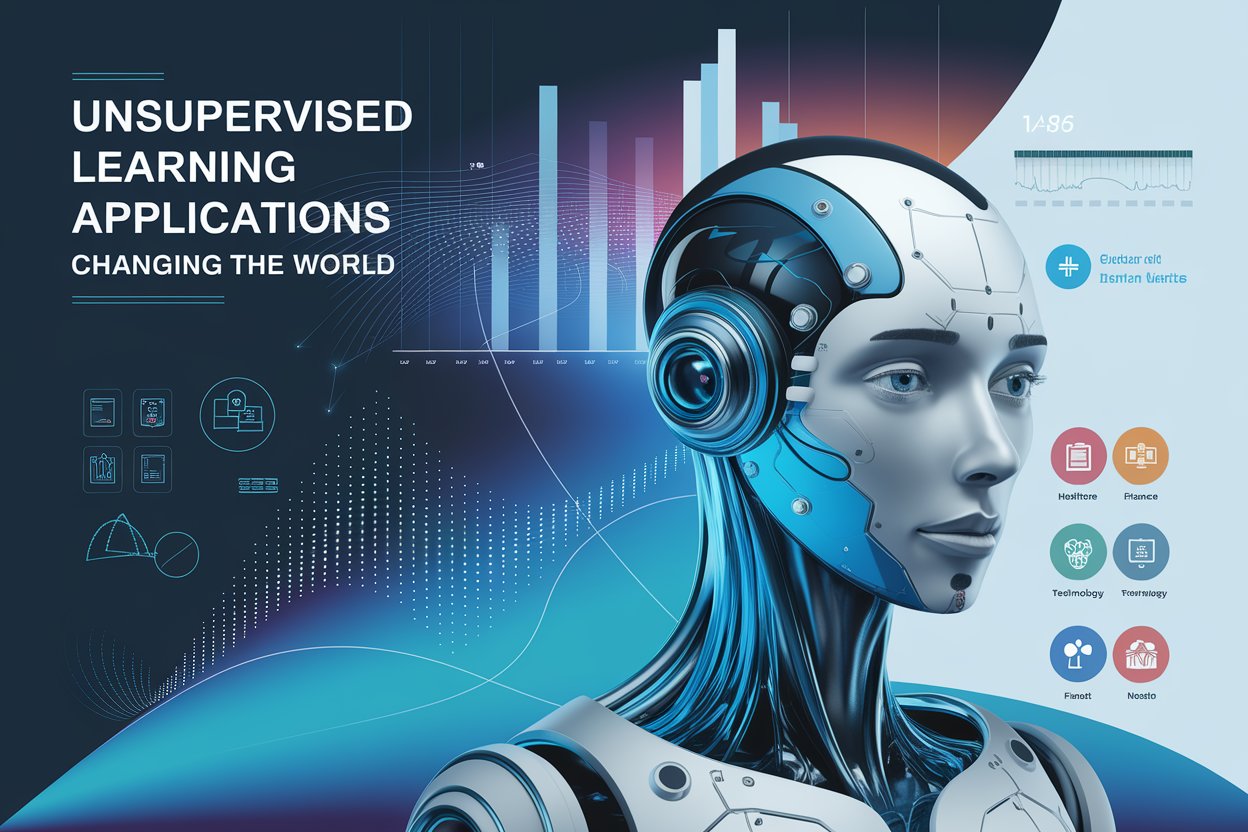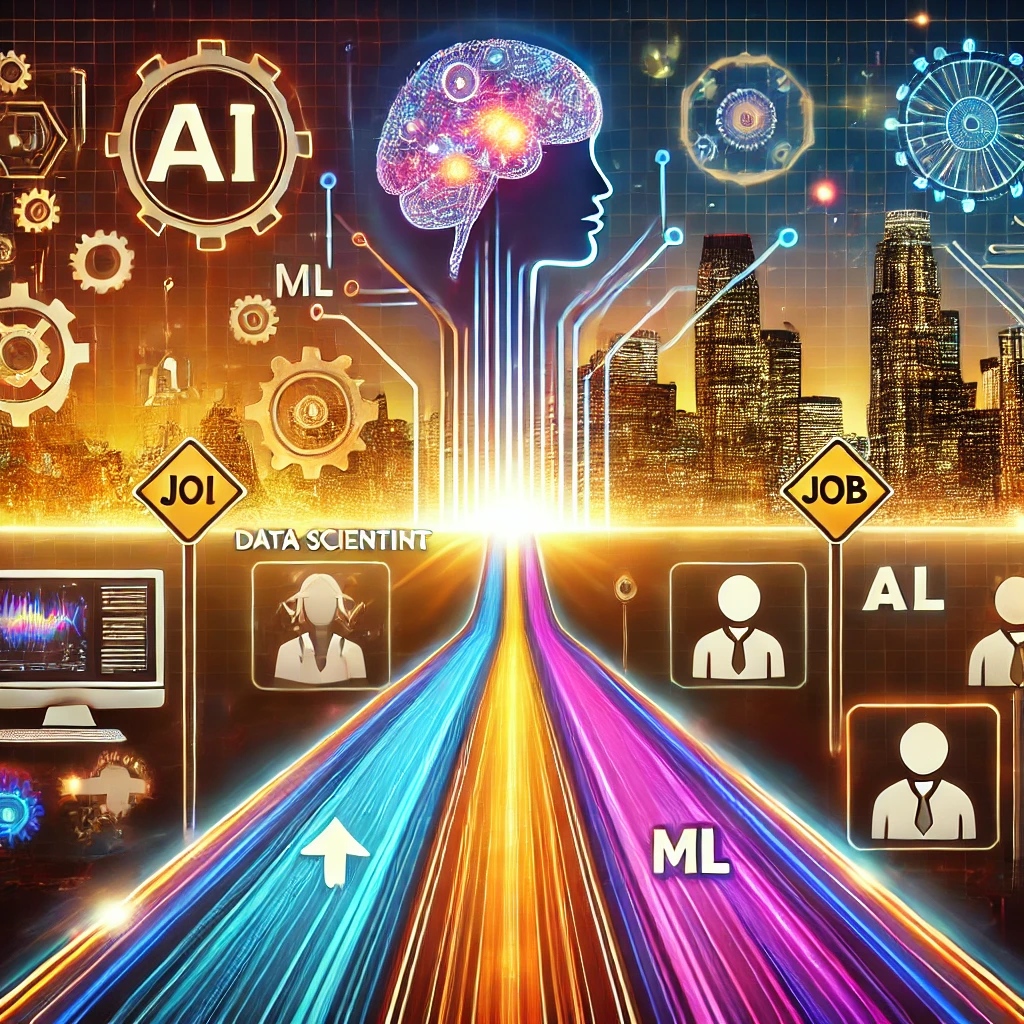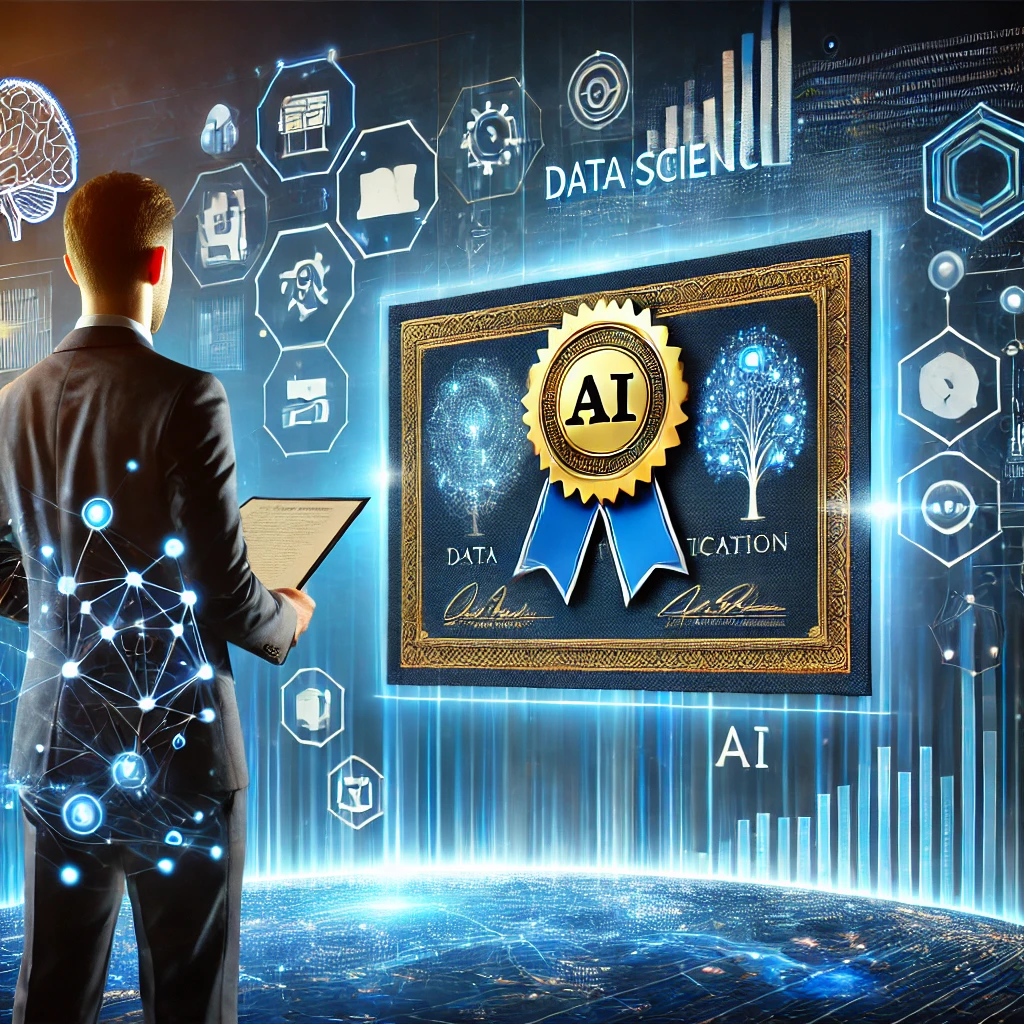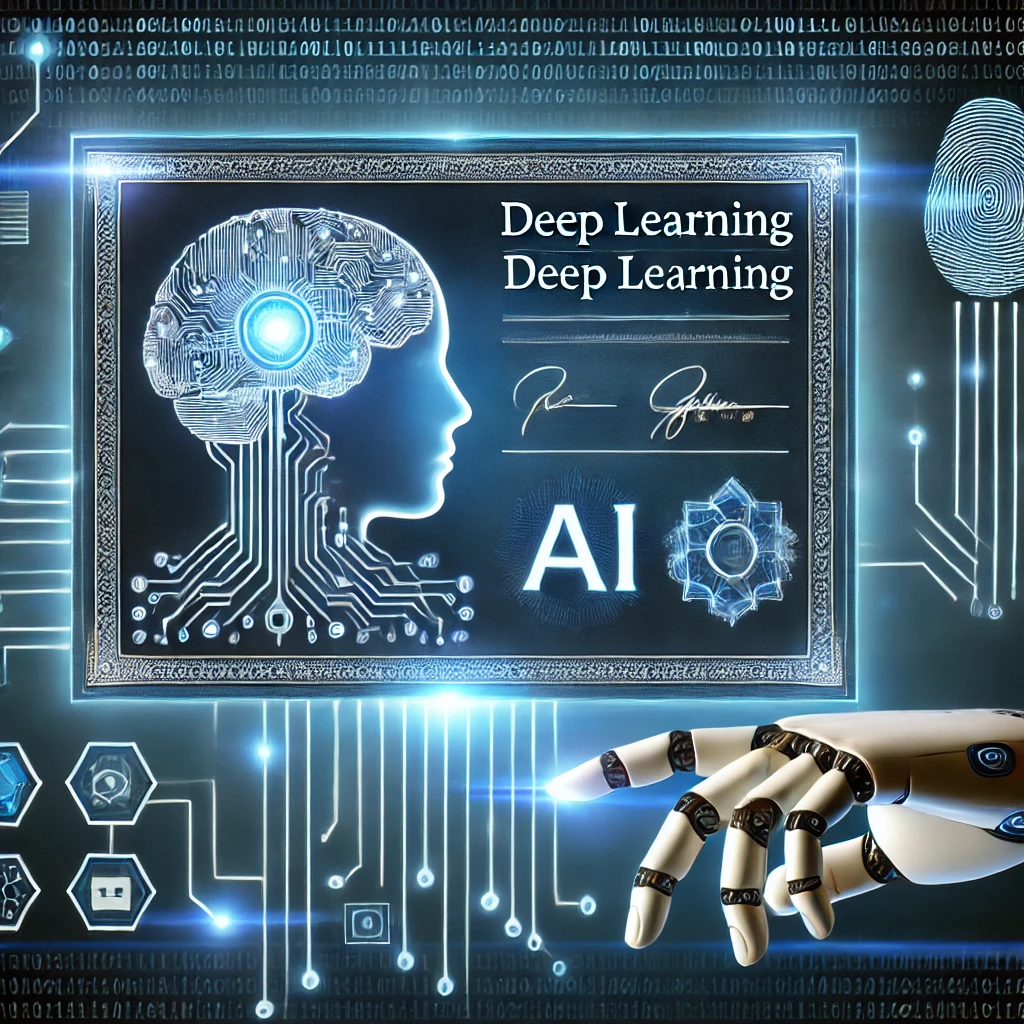In the dynamic landscape of artificial intelligence, unsupervised learning has emerged as a game-changing technique. Unlike supervised learning, which requires labeled data, unsupervised learning analyzes unlabeled datasets to uncover hidden patterns, clusters, and relationships. Its transformative applications range from market segmentation to anomaly detection, revolutionizing industries globally. This article explores the key applications of UL and the advanced AI concepts powering its adoption, such as neural network architecture and gradient descent optimization.
Table of Contents
ToggleWhat is Unsupervised Learning?
Unsupervised learning is a machine learning technique that processes unlabeled data to extract meaningful insights. It focuses on identifying structures, clusters, and patterns without predefined outputs. Key tasks include:
- Clustering: Grouping similar data points, such as customer segmentation.
- Dimensionality Reduction: Simplifying datasets while retaining critical information, often used in image compression.
Key Algorithms in UL
1. Clustering Algorithms
These algorithms group data into clusters based on similarities:
- K-Means Clustering: Used for customer segmentation and recommendation systems.
- Hierarchical Clustering: Effective for understanding hierarchical relationships in data.
2. Dimensionality Reduction Techniques
Techniques like Principal Component Analysis (PCA) reduce dataset dimensions, enabling better visualization and computational efficiency.
Applications of Unsupervised Learning
1. Market Segmentation
Unsupervised learning provides a significant advantage to retailers by analyzing consumer behavior and developing tailored marketing strategies. By clustering customers based on purchase history, demographics, and browsing patterns, businesses can uncover hidden insights and segment their audience effectively. This enables retailers to create highly personalized experiences, recommend relevant products, and deliver targeted promotions that resonate with specific customer groups. Additionally, it helps identify trends, predict customer preferences, and optimize inventory management. By leveraging these insights, businesses can enhance customer satisfaction, foster loyalty, and maximize revenue.
2. Fraud Detection
Banks and financial institutions leverage advanced data analysis techniques to detect anomalies in transaction patterns. By analyzing large volumes of data, these methods identify unusual or irregular activities that deviate from typical behaviors. These anomalies often serve as early indicators of fraudulent transactions, enabling institutions to take swift action to mitigate risks and protect customers. Beyond fraud detection, this approach enhances security by continuously monitoring and learning from evolving patterns, ensuring robust defenses against financial crimes. As a result, institutions can provide safer, more reliable services while maintaining customer trust and complying with stringent regulatory requirements.
3. Image and Video Analysis
Advanced techniques like convolutional neural networks (CNNs) are crucial for processing visual data, enabling machines to interpret and understand images and videos. By combining these networks with advanced data analysis methods, applications such as facial recognition, object detection, and image segmentation become possible. CNNs work by automatically identifying patterns in pixel data, extracting relevant features, and learning hierarchical representations. This powerful approach enables systems to recognize objects, and faces, and even perform tasks like medical image analysis or autonomous driving. The synergy between neural networks and advanced learning methods opens up a wide range of possibilities across various industries.
4. Recommendation Systems
Streaming platforms and e-commerce websites leverage advanced techniques to recommend products or content by analyzing user preferences and behavior. By examining past interactions, such as viewing history, clicks, purchases, and ratings, these platforms can identify patterns and group users with similar tastes or needs. This approach helps in delivering personalized recommendations tailored to each individual’s preferences. For example, streaming services suggest movies or shows based on previous viewing habits, while e-commerce sites recommend products aligned with browsing and purchasing history. By doing so, these platforms enhance user engagement, improve customer satisfaction, and boost conversion rates, driving long-term business success.
The Role of Neural Networks in Unsupervised Learning
1. Convolutional Neural Networks (CNN)
CNNs excel in analyzing image and video data. When integrated with unsupervised learning, they enhance tasks like anomaly detection in medical imaging.
2. Recurrent Neural Networks (RNN)
RNNs are effective for sequential data analysis, such as time-series forecasting or natural language processing tasks.
3. Generative Adversarial Networks (GANs)
GANs generate synthetic data that resembles real-world data. They are widely used in creative applications like generating realistic images and enhancing low-resolution visuals.
Advanced Techniques for Unsupervised Learning
1. Gradient Descent Optimization
Gradient descent optimization plays a crucial role in training models by minimizing errors. It ensures that neural networks and other algorithms achieve optimal performance during training.
2. Support Vector Machines (SVM)
Although typically associated with supervised learning, support vector machines (SVM) can be adapted for unsupervised tasks like clustering through modifications.
3. Decision Trees in Machine Learning
While commonly used in supervised scenarios, decision trees in machine learning can be applied to explore data hierarchies and groupings in unsupervised settings.
Model Evaluation Metrics for Unsupervised Learning
Evaluating unsupervised learning models is challenging due to the absence of labeled outputs. However, key model evaluation metrics include:
- Silhouette Score: Measures how similar a data point is to its cluster versus others.
- Inertia: Evaluates how well data points fit within clusters.
- Reconstruction Error: Used for dimensionality reduction techniques to assess data reconstruction accuracy.
Industries Leveraging Unsupervised Learning
1. Healthcare
Unsupervised learning is revolutionizing healthcare by identifying patterns in patient data. From disease prediction to drug discovery, its applications are vast.
2. Retail and E-commerce
By analyzing customer behavior, unsupervised learning helps businesses optimize inventory, personalize marketing, and enhance customer experiences.
3. Cybersecurity
Unsupervised learning algorithms detect anomalies in network traffic, ensuring faster threat detection and response in cybersecurity systems.
Challenges and Solutions in Unsupervised Learning
1. Lack of Labels
The absence of labeled data makes model validation difficult. Solutions include using model evaluation metrics tailored to unsupervised learning tasks.
2. Scalability
Large datasets can overwhelm algorithms. Techniques like gradient descent optimization and dimensionality reduction help improve scalability and efficiency.
3. Interpretability
Understanding the results of unsupervised learning can be challenging. Visualization techniques and advanced tools provide better insights into the output.
Future of Unsupervised Learning
With advancements in AI, unsupervised learning is expected to play a pivotal role in areas like autonomous vehicles, smart cities, and personalized medicine. Innovations in neural network architecture and integrating techniques like GANs and RNNs promise a future where machines can understand and adapt to the world more intuitively.
What is the difference between supervised and unsupervised learning?
The primary difference between supervised and unsupervised learning lies in the presence of labeled data and their goals:
Supervised Learning
- Data: Uses labeled data, where each input is paired with a known output (label).
- Goal: Learn a mapping from inputs to outputs to make predictions on unseen data.
- Examples: Classification (spam detection), and regression (predicting prices).
- Algorithms: Linear regression, decision trees, neural networks.
Unsupervised Learning
- Data: Works with unlabeled data, with no predefined output.
- Goal: Find patterns, structures, or relationships in the data.
- Examples: Clustering (grouping customers), dimensionality reduction.
- Algorithms: K-means, PCA, autoencoders.
Conclusion
Unsupervised learning is transforming industries by uncovering hidden patterns in data. Its potential is limitless, with applications spanning healthcare, cybersecurity, and e-commerce. Businesses can unlock new insights and opportunities by leveraging advanced tools like convolutional neural networks (CNN), gradient descent optimization, and model evaluation metrics. As technology advances, the role of unsupervised learning will only grow, changing the world one application at a time.
FAQs
1. What is unsupervised learning?
Unsupervised learning is a machine learning technique that analyzes unlabeled data to identify hidden patterns, clusters, and relationships without predefined outputs.
2. How does unsupervised learning differ from supervised learning?
Unlike supervised learning, which uses labeled data, unsupervised learning works with unlabeled datasets, making it ideal for exploratory tasks like clustering and dimensionality reduction.
3. What are some real-world applications of unsupervised learning?
Applications include market segmentation, fraud detection, anomaly detection in cybersecurity, and image recognition with tools like convolutional neural networks (CNN).
4. How do neural networks support unsupervised learning?
Neural network architectures like GANs, RNNs, and CNNs enhance unsupervised learning by enabling advanced tasks such as image generation, time-series analysis, and pattern recognition.
5. What metrics are used to evaluate unsupervised learning models?
Common model evaluation metrics include the Silhouette Score, Inertia, and Reconstruction Error, which help assess clustering quality and dimensionality reduction accuracy.
6. Is deep learning supervised or unsupervised?
Deep learning can be both supervised and unsupervised. In supervised learning, it uses labeled data to predict outcomes (e.g., image classification). In unsupervised learning, it analyzes unlabeled data to find patterns (e.g., clustering, dimensionality reduction). Techniques like autoencoders and GANs are common in unsupervised tasks. Additionally, deep learning supports semi-supervised and self-supervised learning, blending labeled and unlabeled data or generating labels from data.
7. Is reinforcement learning supervised or unsupervised?
Reinforcement learning is neither strictly supervised nor unsupervised. It is a distinct paradigm where an agent learns by interacting with an environment and receiving feedback in the form of rewards or penalties. Unlike supervised learning, there are no labeled input-output pairs, and unlike unsupervised learning, the goal is not just to find patterns but to maximize cumulative rewards through trial and error.



